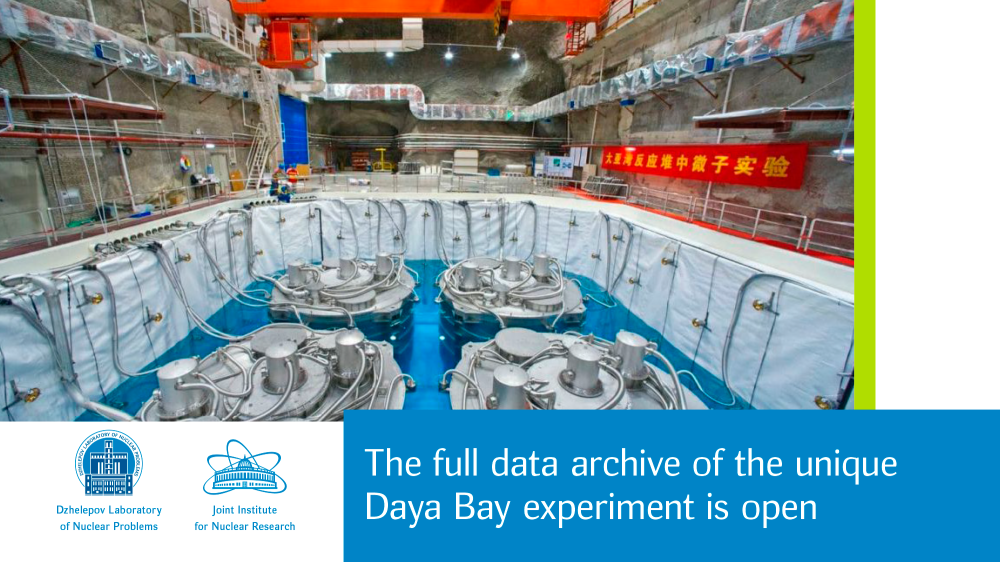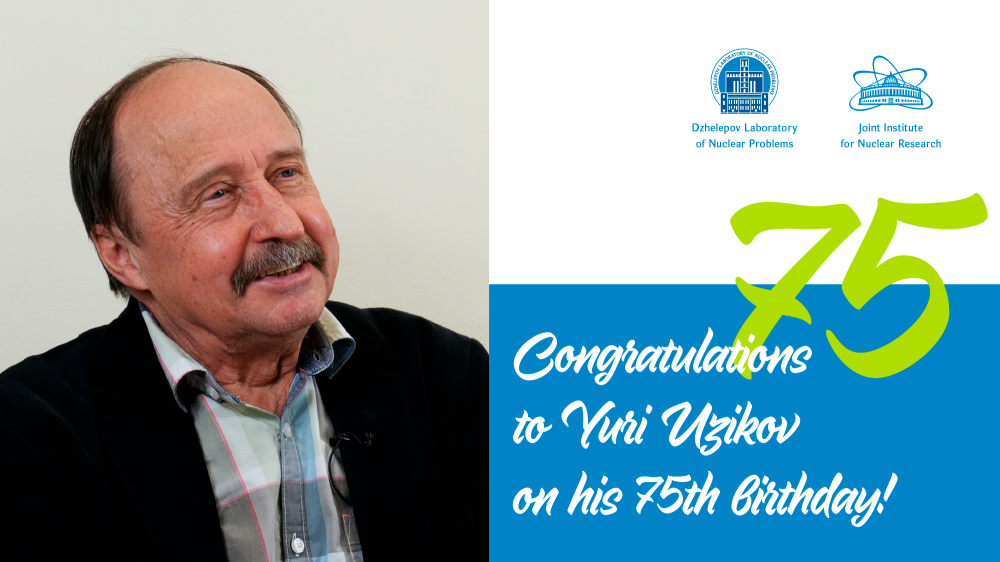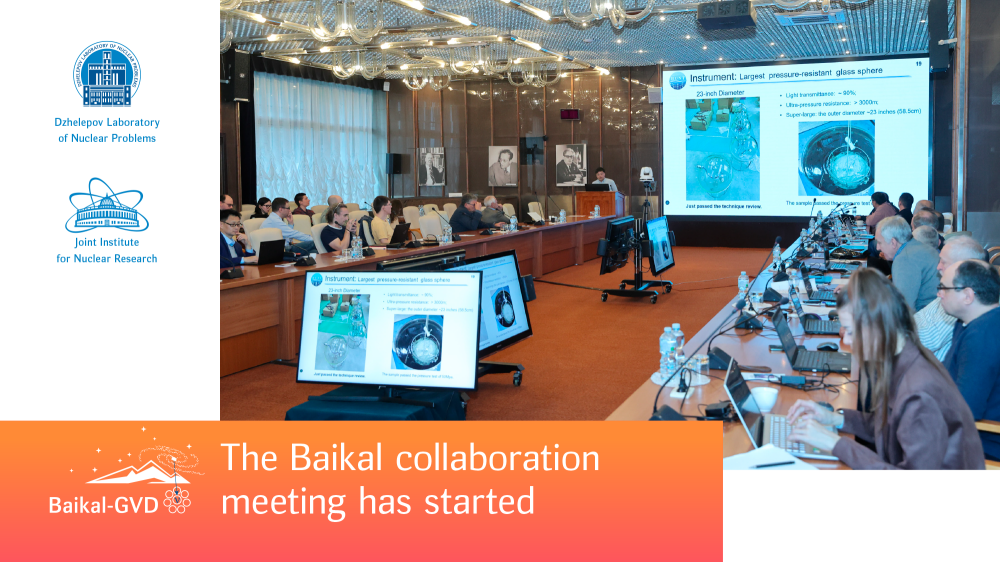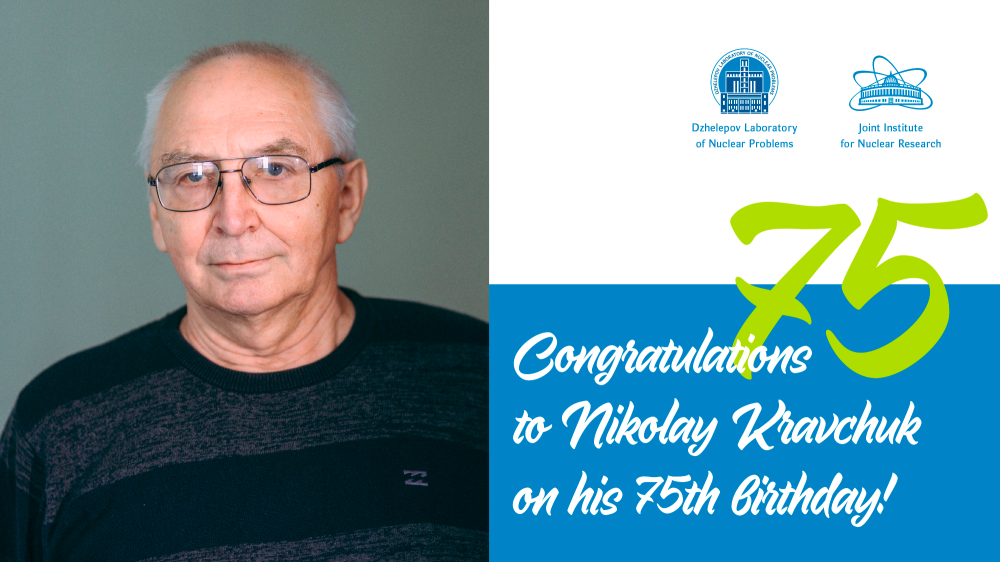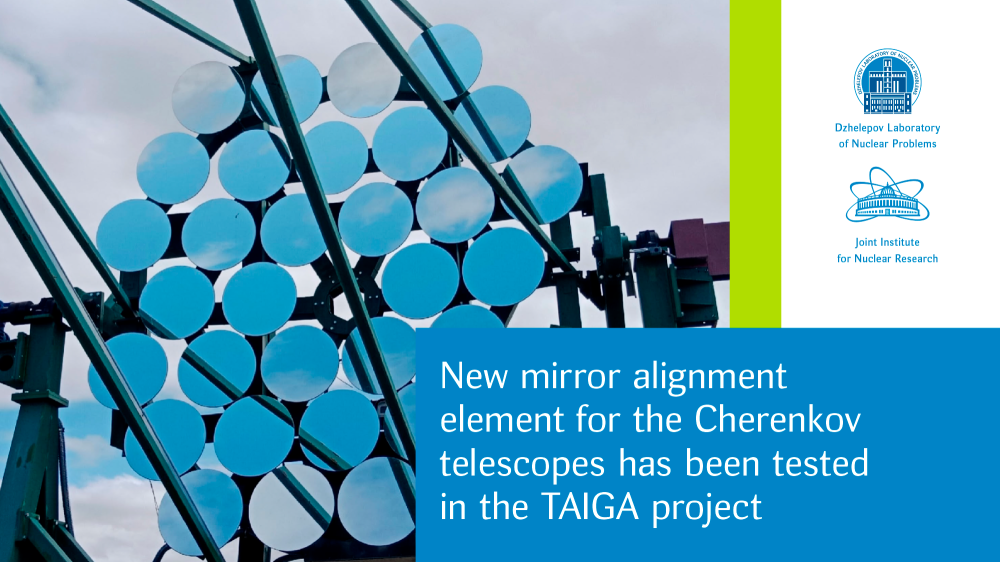DLNP staff members held a master-class on data analysis in the NOvA neutrino experiment in MSU

The master-class was aimed at familarizing students with the procedure of neutrino interactions data processing and was held within the series of popular science lectures “Hour of CHAYA” (Russian abbreviation for “particles and atomic nuclei” which sounds like “tea” in Russian) that was organized by members of AYSS JINR together with Skobeltsyn Institute of Nuclear Physics.
The event started with a report on the history of neutrino discovery by Oleg Samoilov, Head of the Sector of Accelerator Neutrino of the Department of Particle Physics. Oleg also spoke about the current status of the NOvA experiment and the basics of statistical data analysis. Olesya Geitota explained how to identify events in the NOvA detectors. Aleksandra Ivanova explained the rules of the master-class and the proposed tasks. After the presentation, students fulfilled practical and analytical tasks.
Participants had a gamified competition on identification of neutrino events occurring in the near and far detectors of the NovA experiment. Together with Olesya Geitota they estimated the energy of the muon neutrino from its interaction tracks using projections of real event displays prepared for the game. At the end of the master-class students, under the guidance of Aleksandra Ivanova, they “manually” estimated unknown parameters of oscillations the values of which turned out to be rather close to the real measurements of the NovA experiment.
Such activities help students to become familiar with complicated concepts of physics, put them into practice, and learn more about scientists and their research. It gives them an opportunity to once join research groups in the future which work on cutting-edge problems of modern physics.
Photos are provided by the participants of the event.


